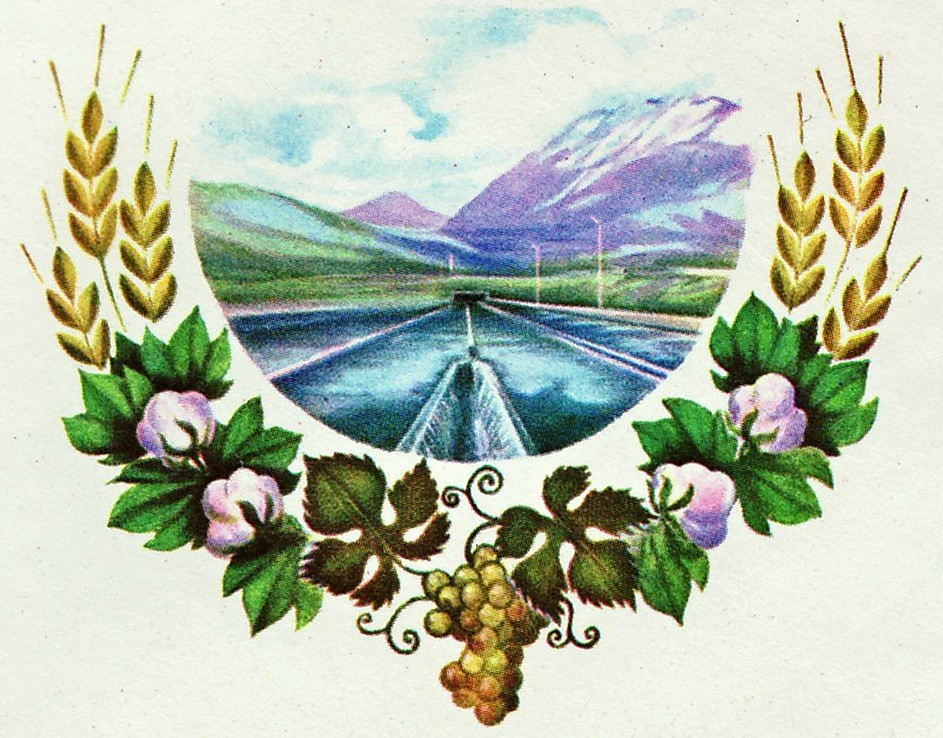
Excerpt from There Will Be No Adventures, part of Her Majesty the Desert, by Valentin Berestov, translated from Russian
As of mid-April, one can swim in aryks (irrigation canals - translator's note). From afar, the Qirq Qiz canal’s bulwarks are reminiscent of railroad embankments. Water rushes at express-train speed. Swimming is like tobogganing. He that would swim must hike the bank: only a downstream swim is possible, followed by a long, tough trek through thorns to one’s clothing.
The café-au-lait-coloured water is even more reminiscent of mountain streams. Even in its five-yard-wide streambed, it preserves the might and force of the Amu Darya, born from the glaciers of the Pamir.
Dams and distribution gates lie in its path. Wow, what a bubbling torrent! As if the stream is angry that it can’t tear off and carry away the light shade of young trees. One can sit here for hours and listen to the water rushing. The roar seems natural and eternal. The stream’s rapidity brings slow thoughts. A steady storm radiates an air of calm.
Nature leads her rivers towards seas and oceans. Here, the water is absorbed – first come, first served – by ploughland, orchards and vineyards. As if they absorbed rainwater.
There are many tiny dams. Like those that we used to build as children. But local kids would never dream of playing with them. Damming is a serious adult affair.
Straight creeks, straight brooks, right angles… Square fields: some are being soaked, others are drying up, and still others are being ploughed. Water runs above the ground, held by embankments. Here it is, the so-called second nature, human-made. If people let nature be the sole guardian of their flourishing, green world, it will perish.
I enjoyed reading this!
A quick note: “plough” as both a noun and a verb can also be spelled as “plow.” I’d recommend pressing Enter twice for every paragraph so that there’s a line of empty space instead of just an indention.